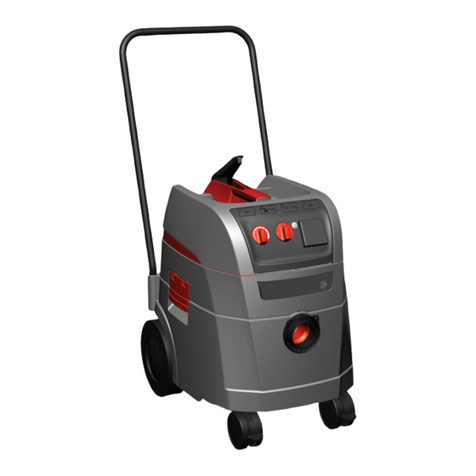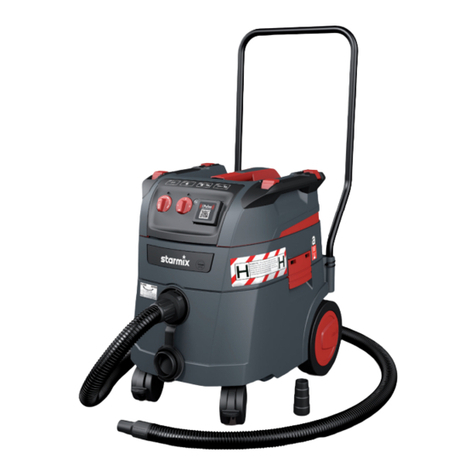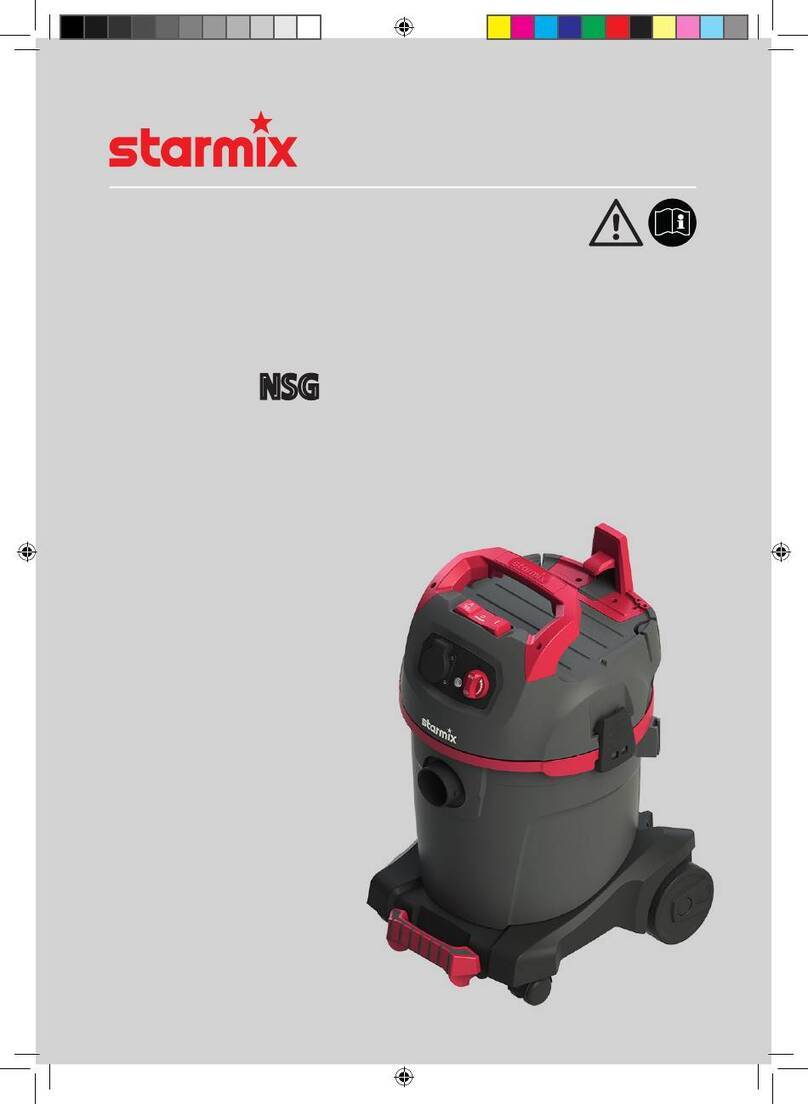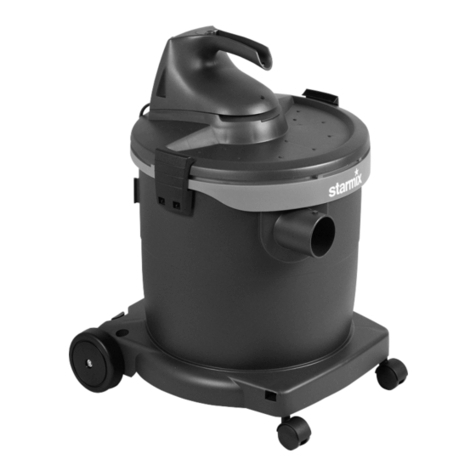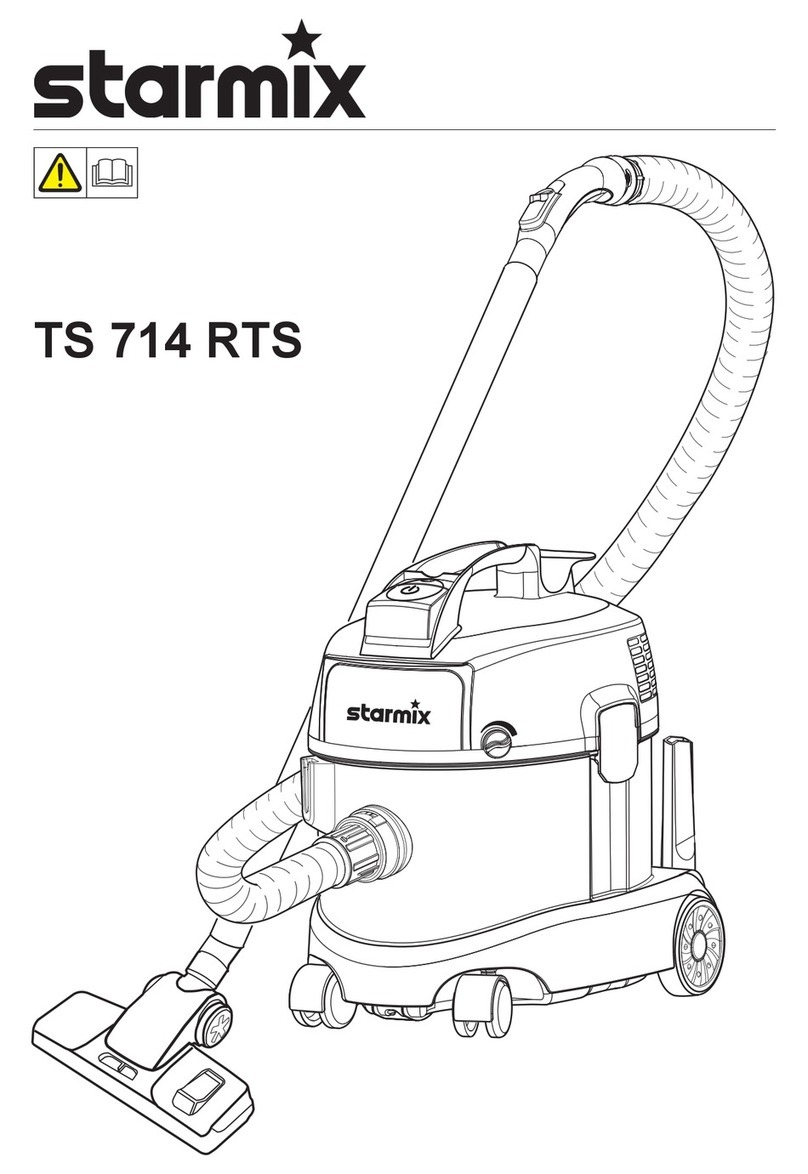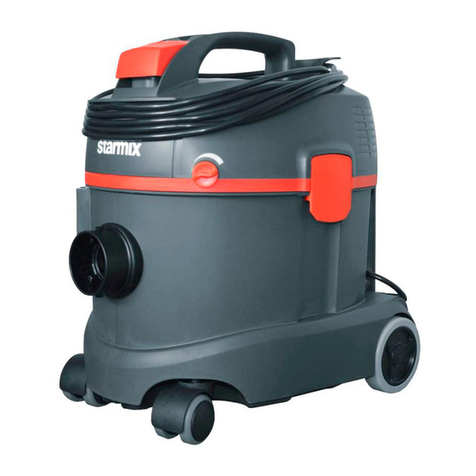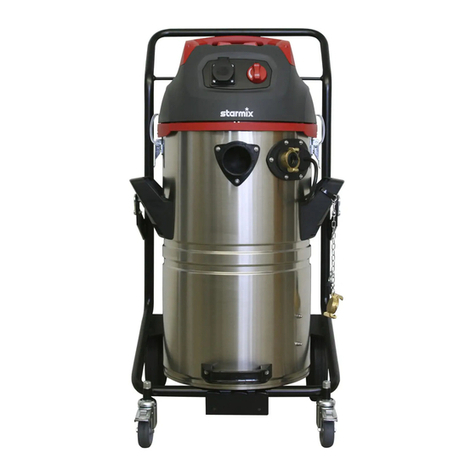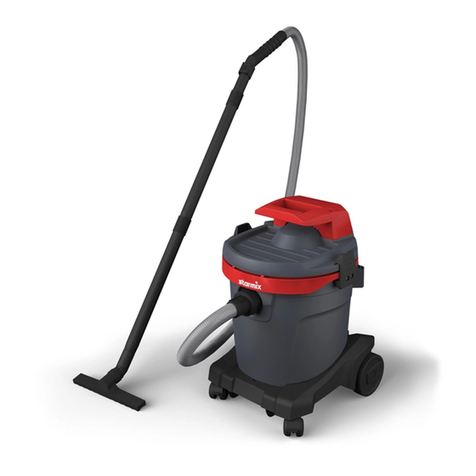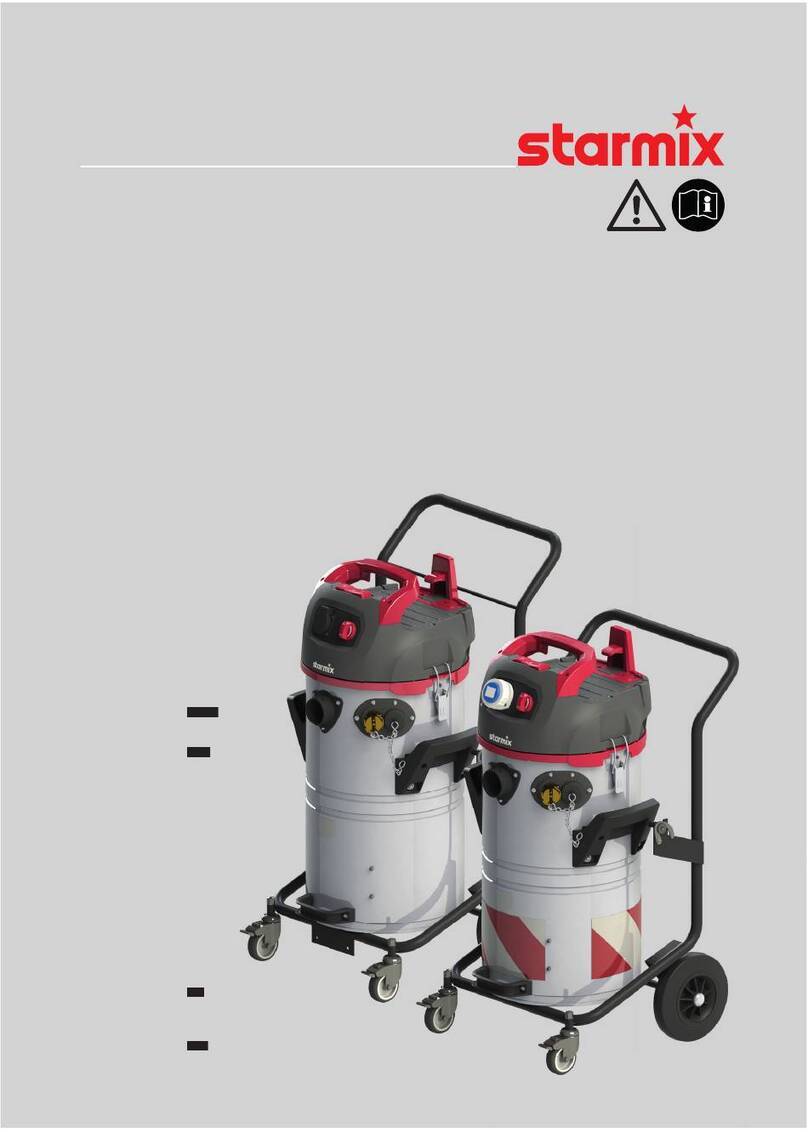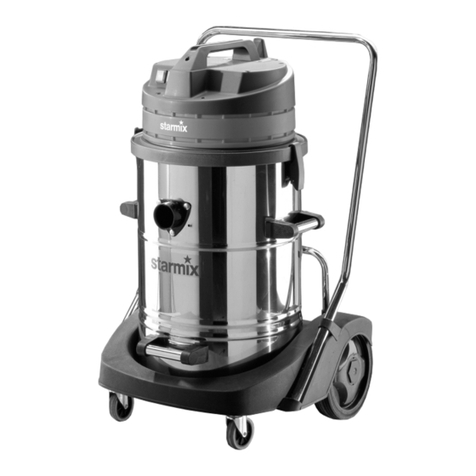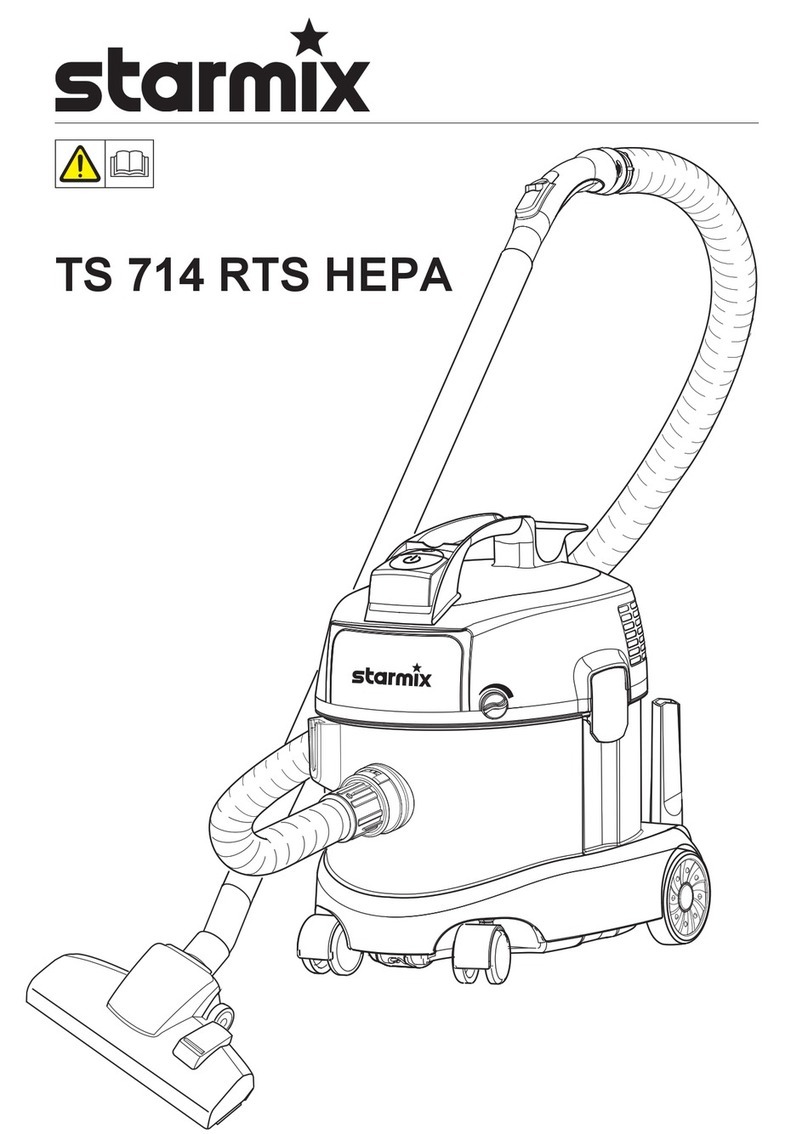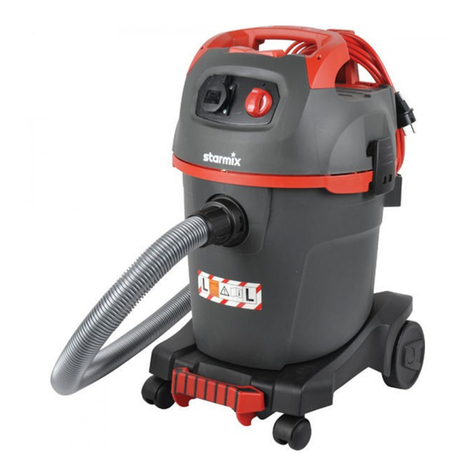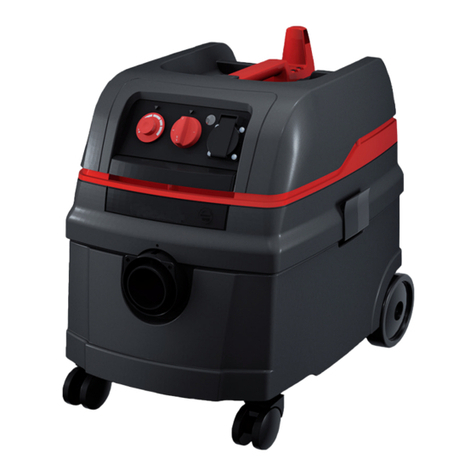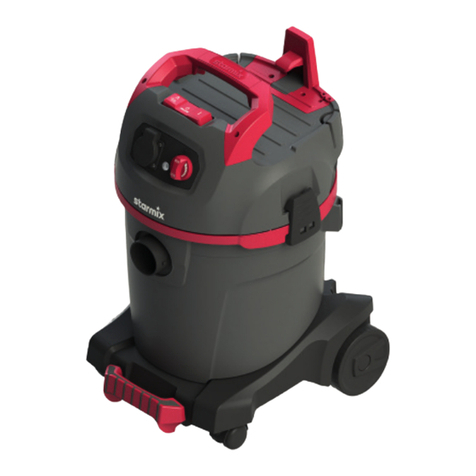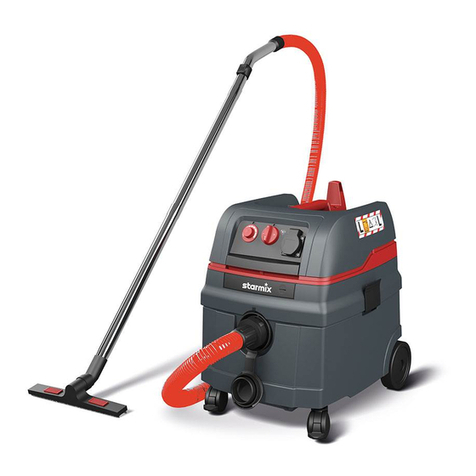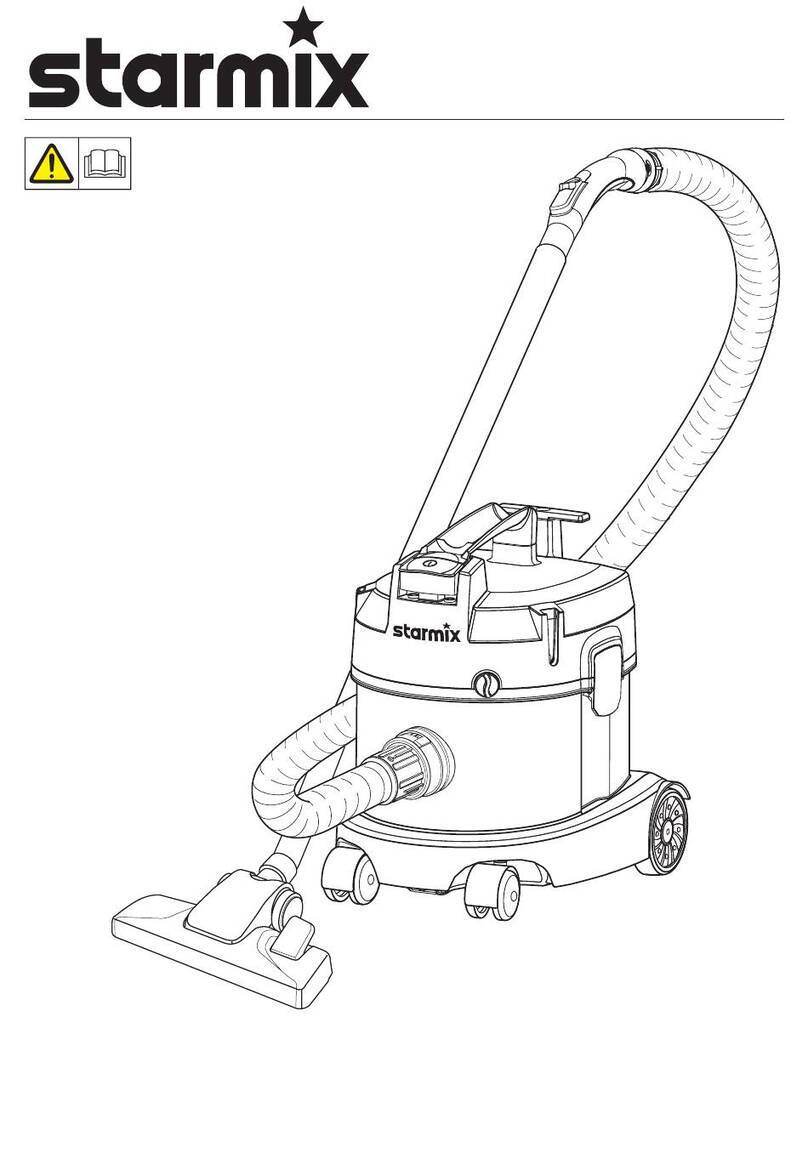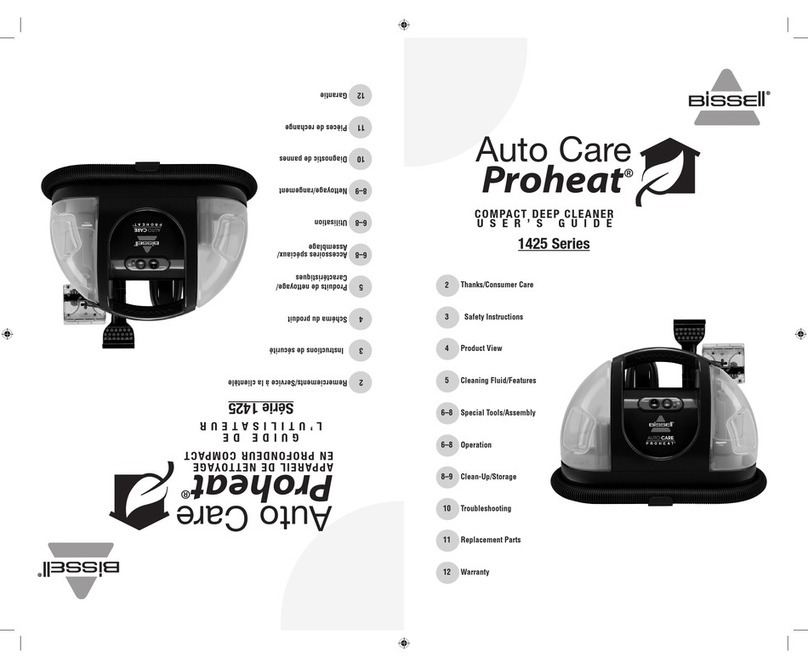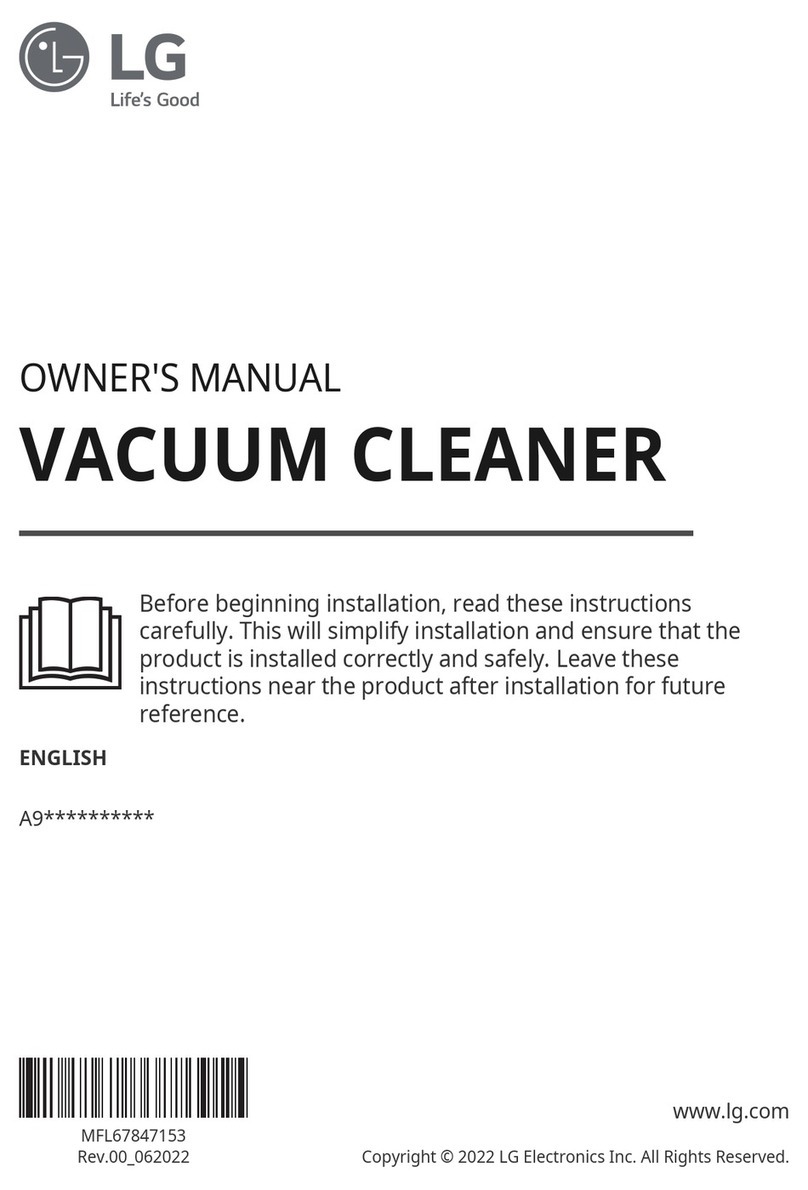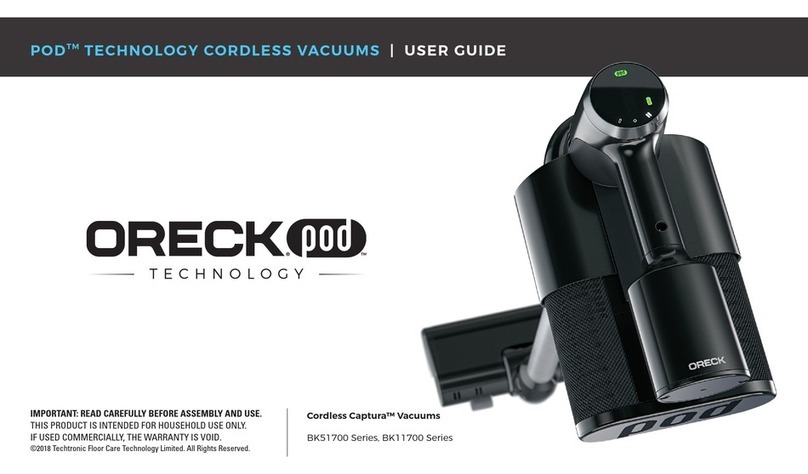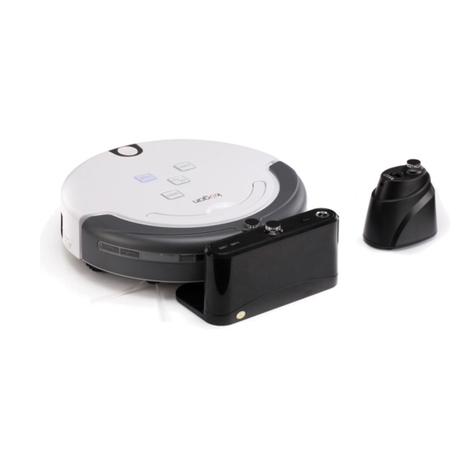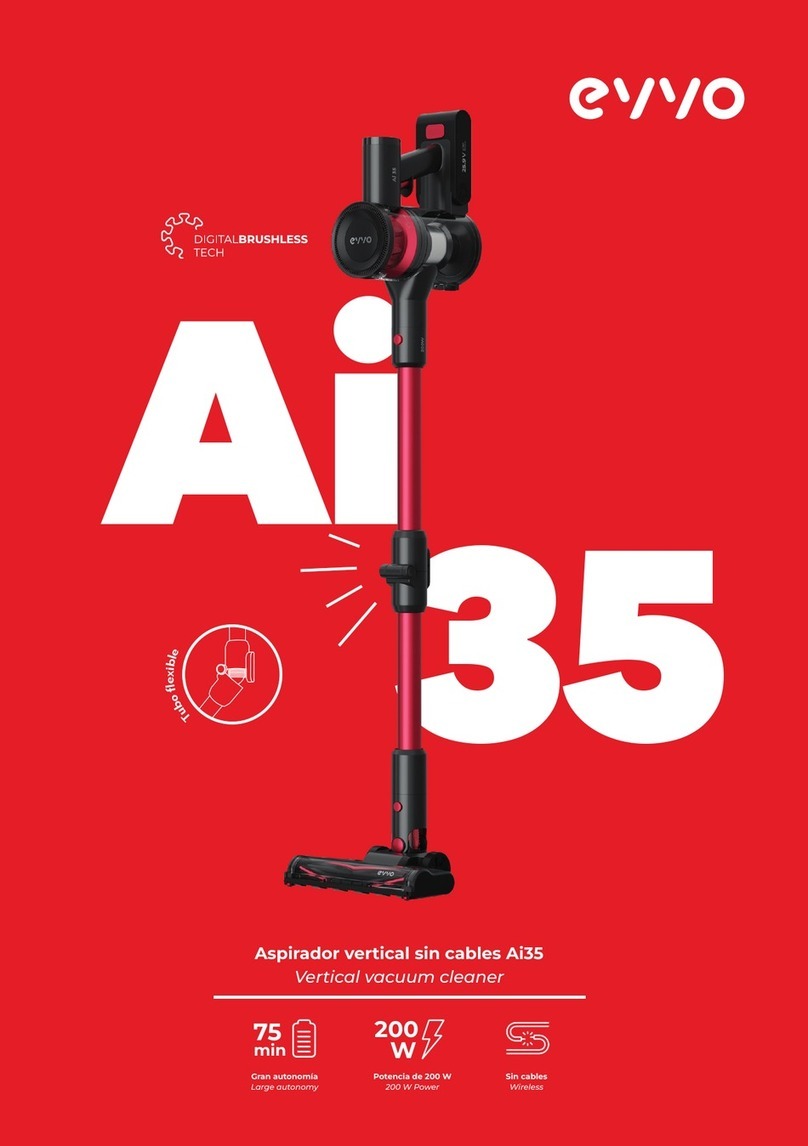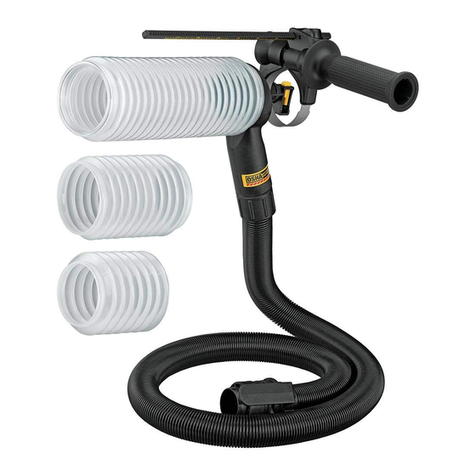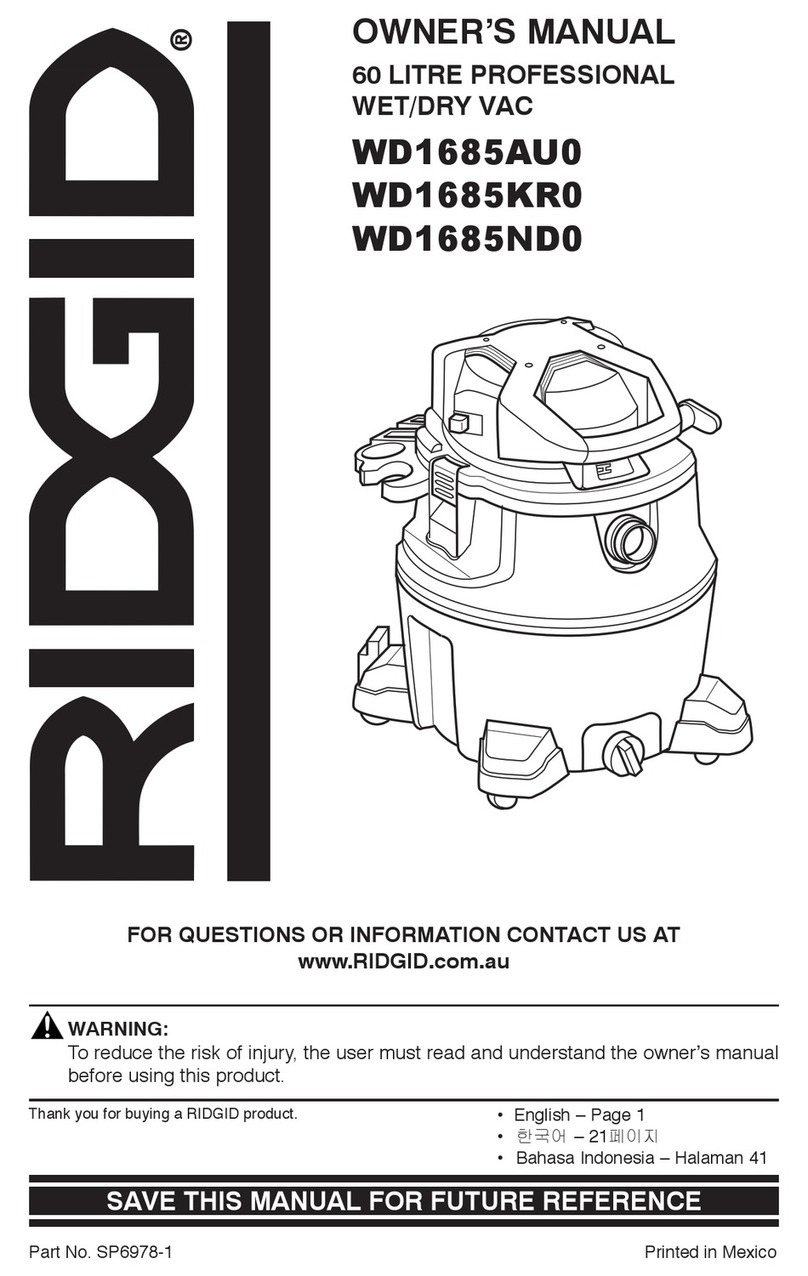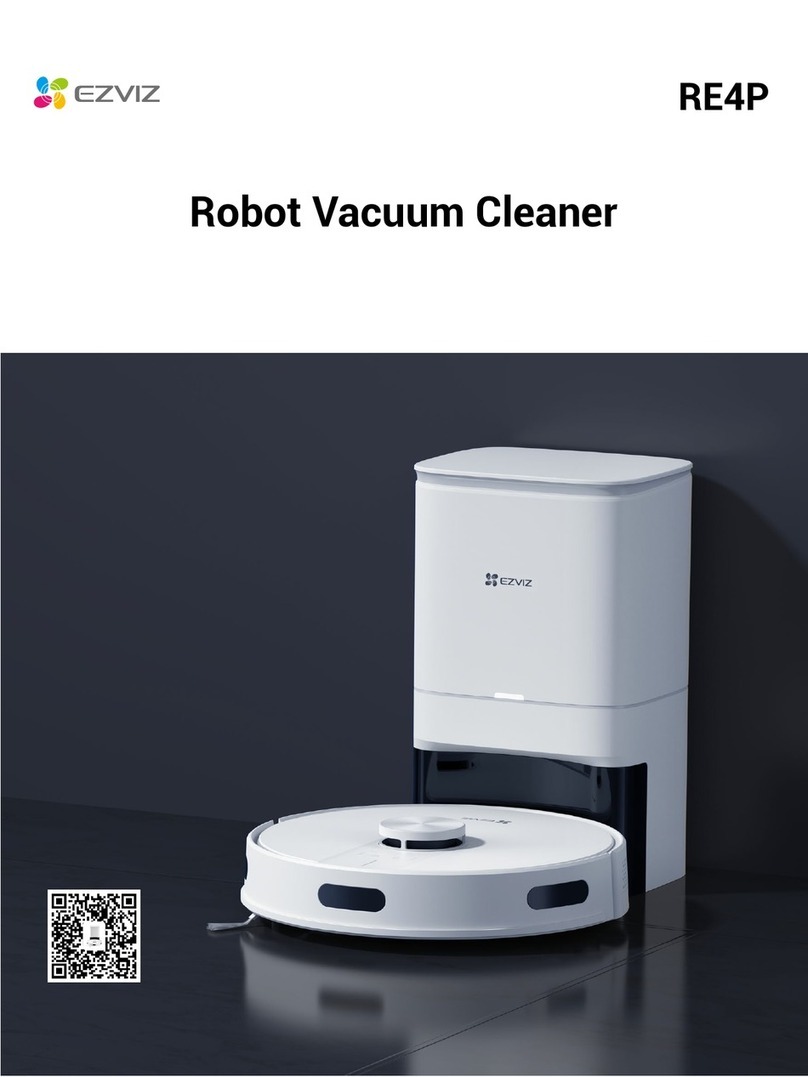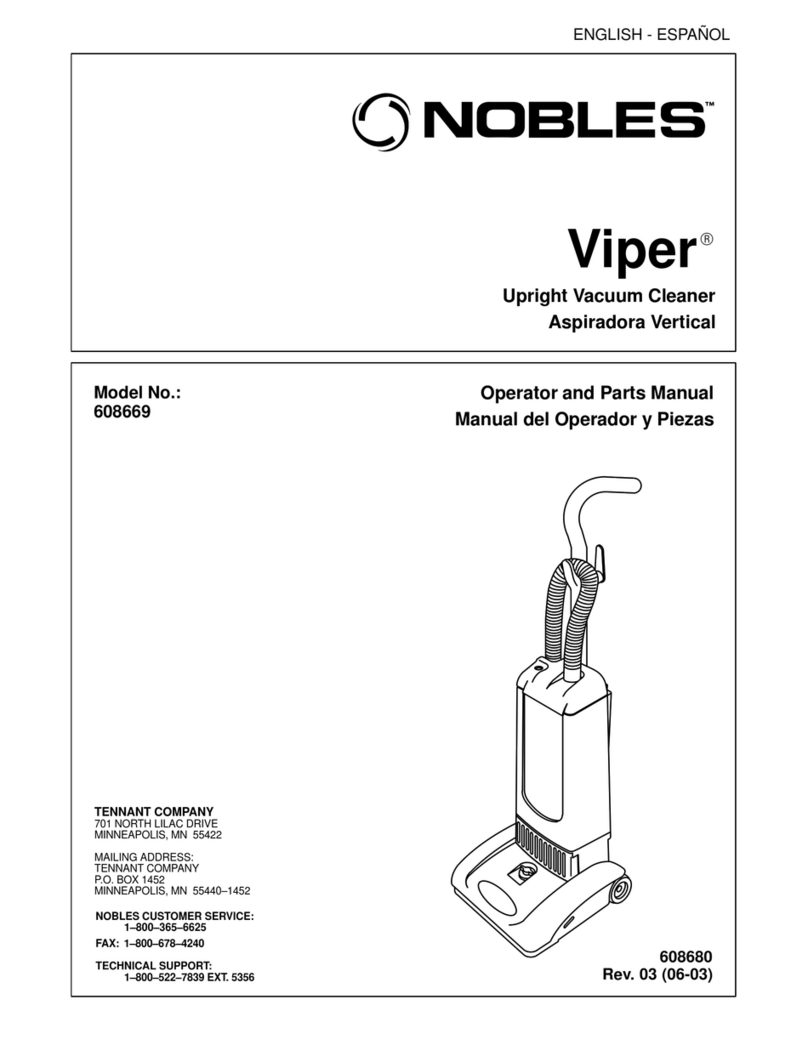9
2. Vor dem Gebrauch.
Achten Sie beim Auspacken auf Vollständigkeit und
Transportschäden.
Lesen Sie alle Informationen aufmerksam durch. Sie geben
wichtige Hinweise für Gebrauch, Sicherheit sowie Wartung
und Pflege. Bewahren Sie die Gebrauchsanleitung sorgfältig
auf und geben Sie diese ggf. an die Nachbesitzer weiter. Wir
behalten uns Konstruktions- und Ausstattungsänderungen vor.
●Gefahr!
●Verwenden Sie die Steckdose am Sauger nur für die in
der Bedienungsanleitung festgelegten Zwecke.
●BeiZweckentfremdung,unsachgemäßerBedienung oder
nicht fachgerechter Reparatur übernimmt der Hersteller
keine Haftung für Schäden.
●Keine beschädigten Verlängerungsleitungen verwenden.
●Wenn die Anschlussleitung des Saugers beschädigt
wird, muss sie durch eine besondere Anschlussleitung
ersetzt werden, die beim Hersteller oder seinem Kun-
dendienst erhältlich ist.
●Bei lektrobürsten die rotierenden Bürsten nicht mit der
Netzanschlussleitung in Berührung kommen lassen.
●Die Spannung auf dem Typenschild muss mit der Netz-
spannung übereinstimmen.
●Nach jedem Gebrauch und vor jeder Wartung Sauger
ausschalten und Netzstecker ziehen.
●Nur am Netzstecker, nie an der Anschlussleitung ziehen.
●Netzstecker nie mit nassen Händen einstecken oder aus-
ziehen.
●Steckdose muss über eine Haushaltssicherung mit geeig-
neter Stromstärke abgesichert sein.
●Öffnen Sie niemals den Sauger bei Regen oder Gewit-
ter im Freien.
●Gefahr!
●rstickungsgefahr
– Verpackungsmaterial, wie Folienbeutel, gehören nicht
in Kinderhände
●Nie auf den Sauger steigen oder sitzen.
●Besondere Sorgfalt ist beim Saugen von Treppen gebo-
ten. Achten Sie auf sicheren Stand.
●Anschlussleitung und Saugschlauch nicht über scharfe
Kanten ziehen, knicken oder einklemmen.
●Anschlussleitung und Saugschlauch immer so verlegen,
dass niemand darüber stolpern kann.
●Bei Austritt von Schaum oder Flüssigkeit sofort Sauger
ausschalten.
●Das Deckelinnere immer trocken halten.
●Sauger einschließlich Zubehör nicht in Betrieb nehmen,
wenn:
– SaugererkennbareSchäden(Risse/Brüche)aufweist.
– Netzanschlussleitung defekt ist oder Rissbildung bzw.
Alterung aufweist,
– Verdacht besteht auf einen unsichtbaren Defekt (nach
einem Sturz)
– Rotierende lektrobürsten nicht mit der Netzan-
schlussleitung in Berührung kommen lassen.
●Warnung!
●NurdiemitdemSaugerversehenen oder die in der Bedie-
nungsanleitung festgelegten Bürsten verwenden. Die Ver-
wendung anderer Bürsten kann die Sicherheit beein-
trächtigen.
●Reinigen und desinfizieren Sie den Sauger nach dem
Gebrauch sofort, um Verkeimung durch langfristig nicht
erfolgte Reinigung vorzubeugen, speziell beim insatz in
lebensmittelverarbeitenden Betrieben.
3. Verwenden Sie Originalzubehör.
Papierfilterbeutel FB 25
für 25-l-Behälter, BGIA Klasse M zugelassen
5 Stück = 1 Satz
Papierfilterbeutel FB 50
für 50-l-Behälter, BGIA Klasse M zugelassen
5 Stück = 1 Satz
Filterkassetten F 4300
Cellulosematerial, BGIA Klasse M zugelassen
2 Stück = 1 Satz
Filterkassetten F P 4300
Polyestermaterial, BGIA Klasse M zugelassen
2 Stück = 1 Satz
Filterkassetten F P 4300 HEPA (H 14)
Dreilagige Filterkassette, BGIA Klasse H zugelassen
2 Stück = 1 Satz
Plastik-Entleerbeutel
für ISC-/IS-ARM-1250/1225, ISC-/IS-ARM-1250 /1225 ,
ISC-/IS-ARH-1250/1225
BGIA Klasse M + H zugelassen
5 Stück = 1 Satz
Plastik-Entleerbeutel ASBEST
für ISC-/IS-ARH-1250/1225 ASB ST
BGIA Klasse H + Asbest zugelassen
5 Stück = 1 Satz
Weiteres Zubehör ersehen Sie aus der Sonderzubehör-
Liste bzw. auf Anfrage.
●Verwenden Sie zur Reinigung keine Dampfstrahlgeräte
oder Hochdruckreiniger.
●Säure, Azeton und Lösungsmittel können Saugerteile
anätzen.
●Gerät nicht unbeaufsichtigt lassen. Bei längerer Arbeits-
unterbrechung Netzstecker ziehen.
●Warnung!
●Reparaturen nur von Fachkräften, z. B. Kundendienst,
ausführen lassen. Nur Original- rsatzteile verwenden.
●Nicht fachgerecht reparierte Geräte stellen eine Gefahr
für den Benutzer dar.
